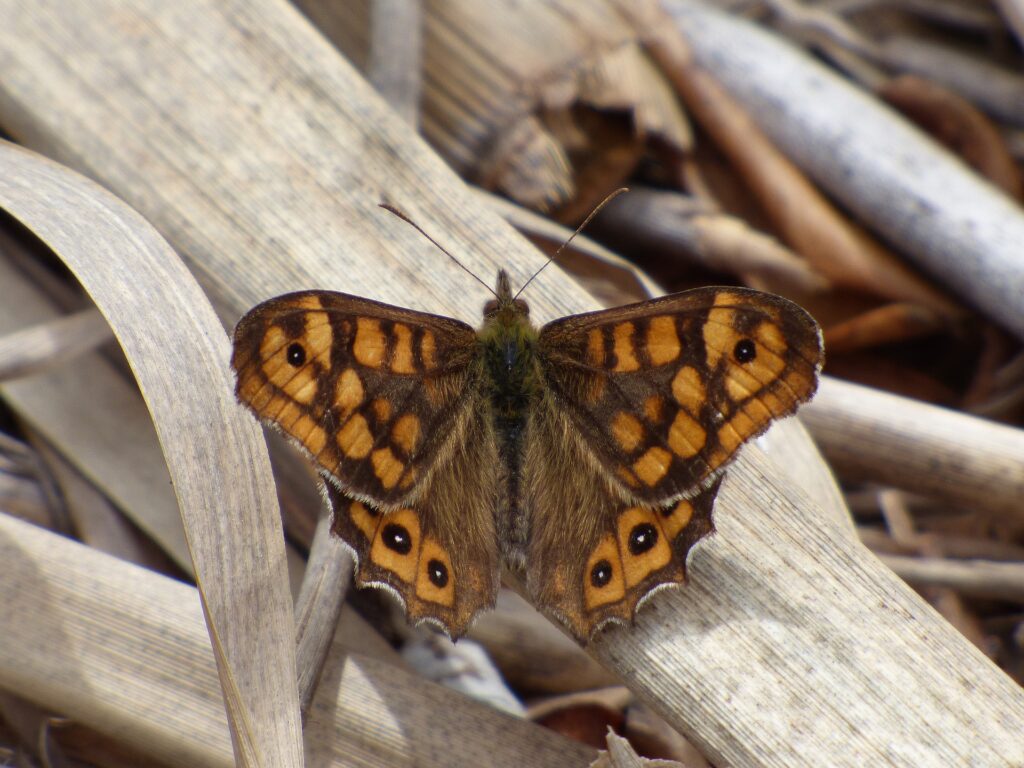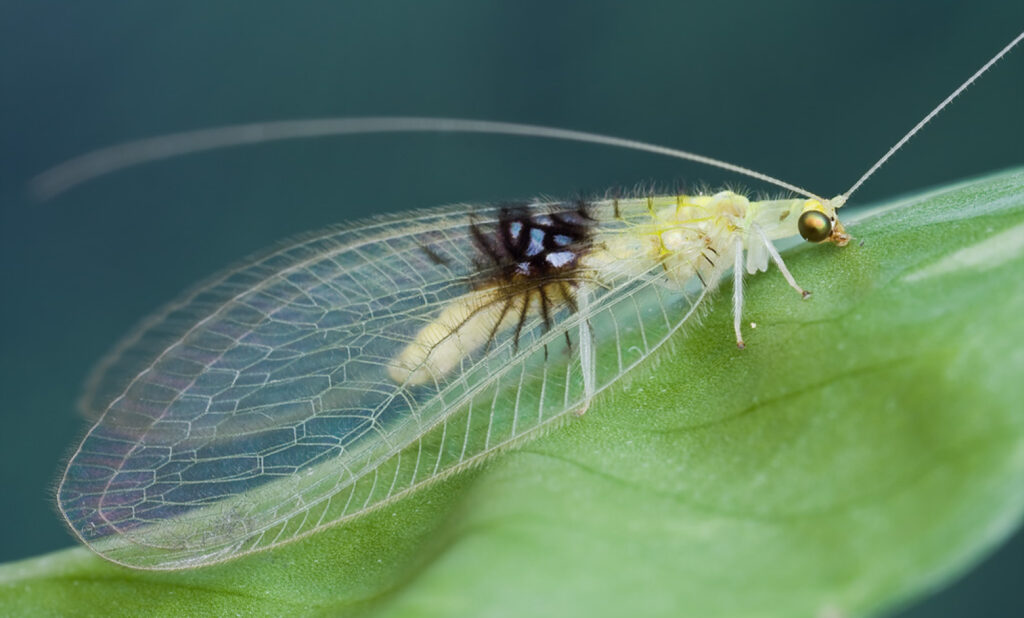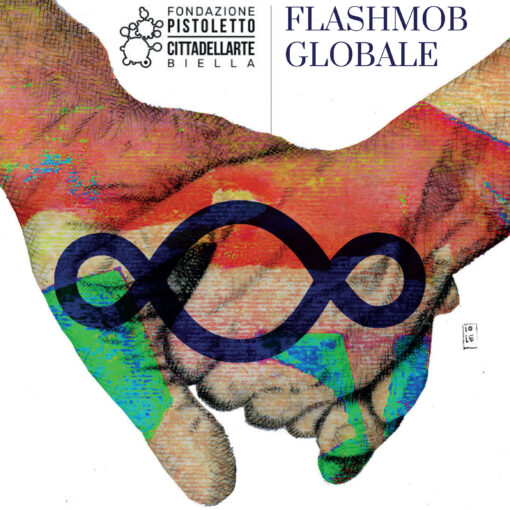
It was the end of the seventies. The deep wounds that the uncontrolled industrial development inflicted on people and the environment favored the birth and growth of environmental associations, while the interest in endangered nature increased. Technological development, linked to cameras and new photosensitive emulsions, gave the final impulse to the advent of the image age. Documentaries, magazines, publications responded with increasingly perfect photos to the ever-growing desire to “see up close” animal and floristic species with striking colors, unusual shapes and unknown costumes.
Along with the simple curiosity of the many, the awareness of the responsibility that our lifestyle had towards the species that keep us company on the Planet was maturing in some. A robust number of volunteers, generally driven by environmental groups, began to work for their protection and, in this context, began to survey the number of individuals belonging to different species to consider their possibility of survival. So they created checklists. Alongside the experts, enthusiasts of all ages started working. Urban bird checklists, for example, in almost all Italian and European cities were compiled by students: a new way of doing science education and starting an active citizenship path.
The nineties put in the hands of all cameras and ICT capable of making beautiful photos without having to know any photographic technique. The splendid naturalistic magazines bowed their heads and the love for nature and its expressions, at least in appearance, suffered a certain decline.
The last ten to fifteen years have seen a growing “re-affection” towards wild nature. Environmental catastrophes linked to climate change and the senseless use of the land have probably led to a phenomenon similar to that of the 1970s and 1980s. In this case the environmental associations are not as prominent as they were then. It is the web that links interests and suggests solutions. Citizen science activities related to conservation projects are becoming a way to monitor the territory and species through Internet technologies. Once again technological advances make the difference.
The “Museo di Storia Naturale della Maremma” (Museum of Natural History of Maremma), whose director is one of the coordinators of the ECSA (European Citizen Science Association), involves citizens in recognizing the remains of animals stranded along the coasts in order to collect data on natural environments. The species identified are then communicated to an Internet platform.
The “Parco dell’Arcipelago Toscano” (Tuscan Archipelago Park) has also used this type of research to map butterflies. As part of the “barcoding of life” he has sequenced the barcoding [1] of 50 species of butterflies. The excursions made to Elba, in the area of citizen science activities with citizens and experts, have confirmed the presence of Pararge aegeria, a species of butterfly observed only once about thirty years ago and never met, and found two new species for the Island (Lycaena phlaeas and Celastrina argiolus). In Giannutri, on the other hand, the precious population of Coenonympha elbana, which has a completely different DNA imprint from that of the other existing populations, has been confirmed, Also in this case, all the data flow into a specific web platform.
The innumerable photos of insects inserted on Flickr have revealed to the entomologist Shaun Winterton the Semachrysa jade photographed in Malaysia by Guek Hock Ping. A new form of research set in social media is born. In this case, however, differently to what happens when voluntary surveyors send the data, problems related to privacy, archiving and credits arise. To overcome the impasse, the entomologist Morgan Jackson suggests giving the new species the nickname of the person who took the photo. In the case of Twitter the insects would be called with the @.

Less interactive, but equally stimulating, the five Wikiorto, new “tourist guides” of as many Italian botanical gardens: Apps for Smartphones that combine information and geolocation system of woody plants present in the Botanical Gardens 2.0.
In Italy the case of the www.ornitho.it platform is paradigmatic: created by associations of birdwatching enthusiasts, from 2009 onwards it has made possible to freely upload the data relating to observations of bird species carried out in Italy (Italian Republic, San Marino and Vatican City). The data collected is proving to be an invaluable working tool for the construction of the Atlas of nesting birds in Italy and for the Birds in the winter. Since October 2014, the platform has expanded its data collection capacity and is also used for Reptiles, Amphibians, Dragonflies, Land Mammals, Marine Mammals, Chiroptera.
The wealth of observations made by enthusiasts, and validated by experts through the means offered by technology, becomes not only scientific research and wealth of common knowledge but an indispensable tool for the management of the territories and the protection of the different species. In all cases, the conservation of biodiversity and scientific information run on computer networks, connecting our species to others in the form of intangible alliances in the means and, obviously, material ones as regards the contents.
[1] It is the sequence of the mitochondrial DNA segment CO1, which allows to reconstruct the biogeographic history of each species. The barcoding is also useful for delineating the evolutionary history of populations living in different regions. The information contained in the DNA can, in fact, make it possible to reconstruct the kinship relationships between different populations and estimate how long they have separated.
Credits:
Author: Anna Lacci is a scientific popularizer and expert in environmental education and sustainability and in territory teaching. She is the author of documentaries and naturalistic books, notebooks and interdisciplinary teaching aids and multimedia information materials.
Translation by Maria Antonietta Sessa


